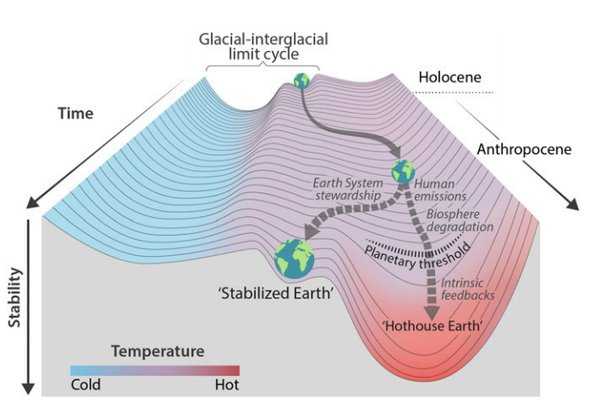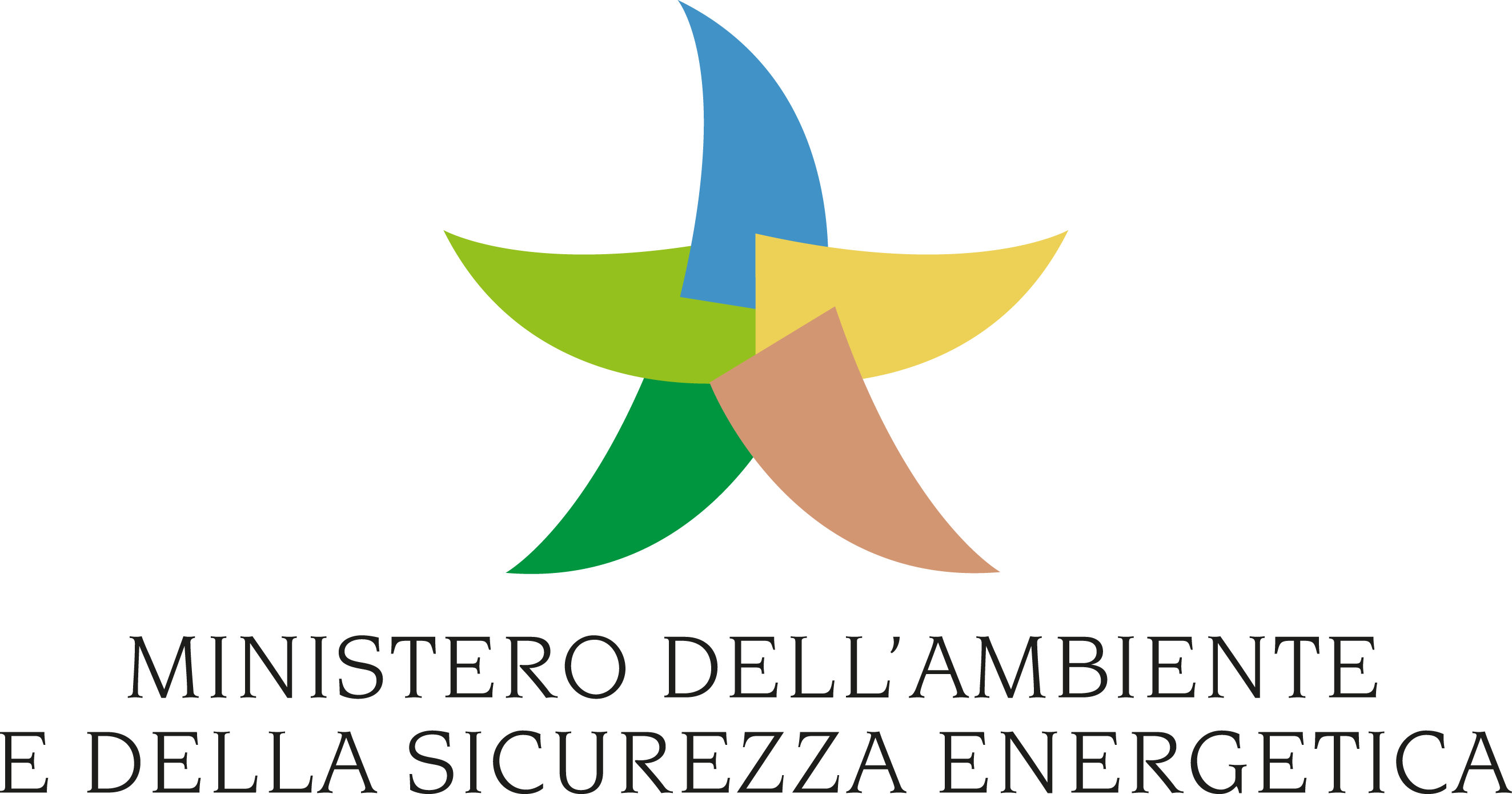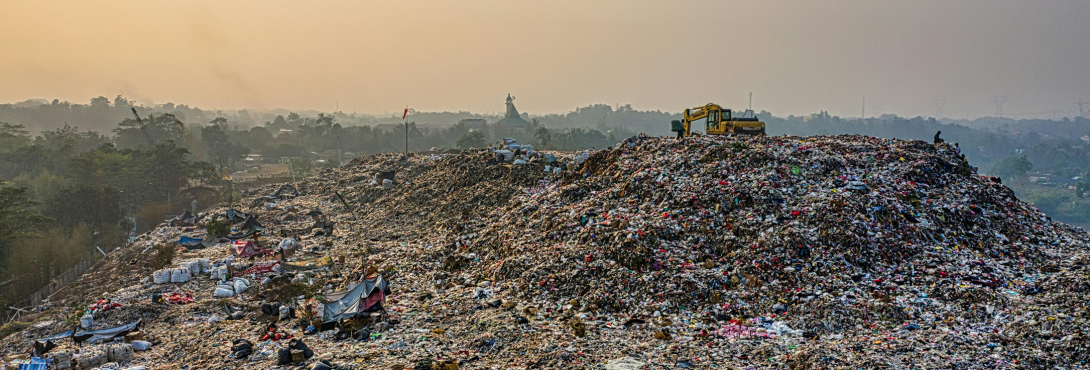

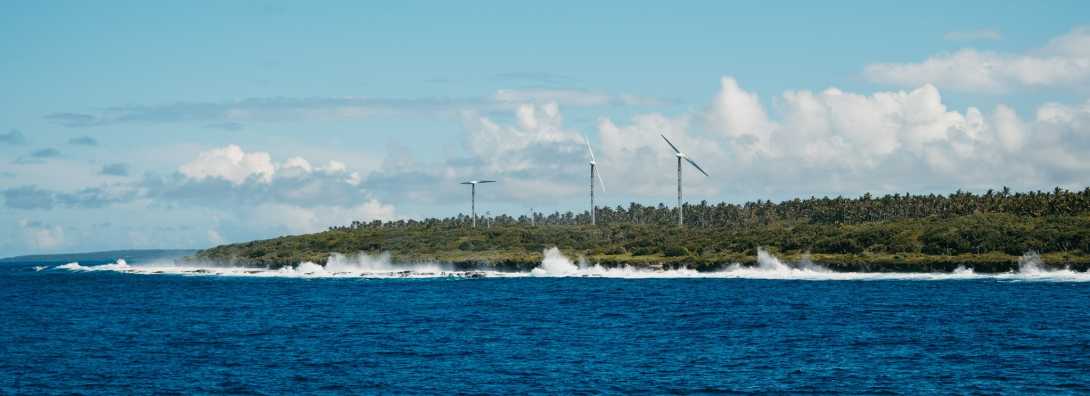

“Do you guys know what a floppy disk is?” One of my senior colleagues asked her younger co-workers over lunch at work recently. Their quizzical looks answered her question.
Understandable. People of my generation do not depend on floppy disks. It is tough for us to appreciate why it was impossible to use the landline and the Internet simultaneously. Memories of our family computer – a bulky deskbound computer that would heat up minutes after we’d switched it on – are tucked in the fringes of our minds.
Perhaps twenty years from now we will be asking similar questions – on our progress in mitigating climate change.
Why Did You Guys Throw Waste Away Without a Second Thought?
In 2039, waste – neither data nor oil – is the new gold. Similar to major oil companies expanding their portfolios by acquiring green energy firms, mining conglomerates are rushing to invest in urban mining. Sewage is sought after as material for syngas, a mixture of hydrogen, carbon monoxide, and carbon dioxide. Syngas can serve as both an immediate source of fuel and an intermediary to other sources of fuel. Moreover, syngas has been proven to be a cleaner source of fuel. And just as how Impossible Burgers started to gain traction twenty years ago, people are embracing the concept of their clothes being made out of recycled plastic.
All of this is thanks to technological advancements and increased economies of scale.
We may have had these ideas twenty years ago in 2019, but the cost of such technology limited us. This is nothing new. Singapore had the idea of recycling water on a mass scale in the seventies. It only materialized thirty years later in 2003, when the technology required was reliable and affordable enough to scale NEWater production.
Given the technological and economic constraints back then, achieving water recycling in thirty years can be considered impressive. Now that we have a deeper recognition of the value of waste, we are taking aggressive steps to make our 2039 economy completely circular.
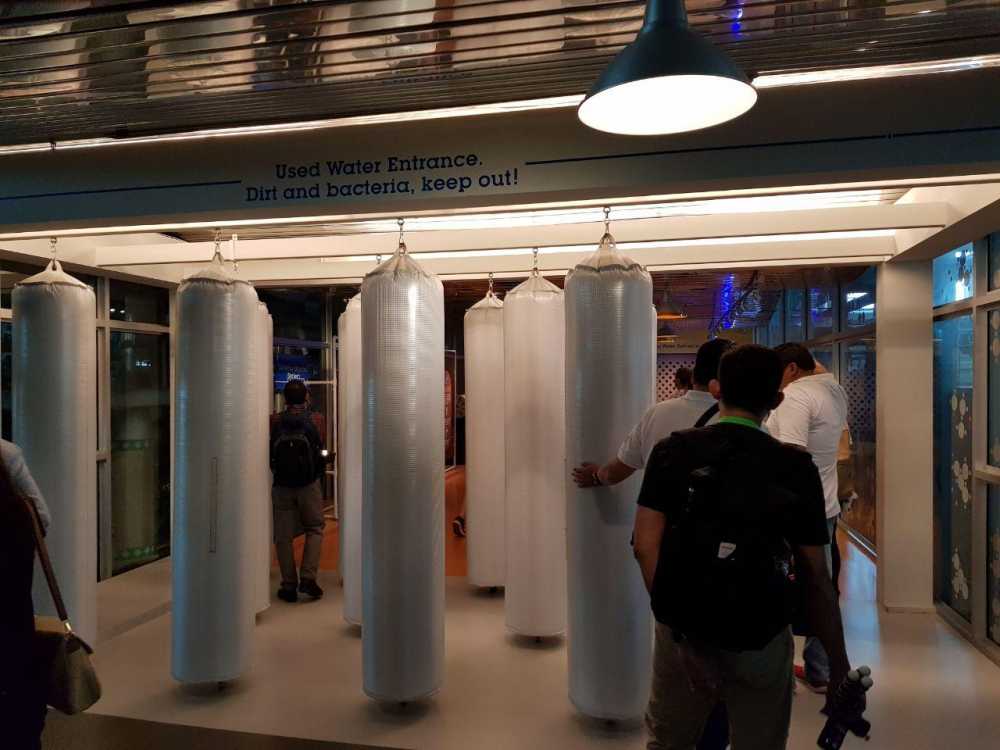
An exhibit simulating microfiltration in water treatment at the NEWater Visitor’s Centre.
Why Weren't Integrated Waste Management Facilities (IWMFs) Commonplace?
Syngas is a highlight product of waste treatment (the exact term is gasification) in IWMFs, one-stop hubs that reincarnate the different types of waste that we produce. Compared to traditional waste management plants, IWMFs are recognized to be more energy efficient and land optimising. Given that syngas is an energy source, integrated waste management facilities double as waste-to-energy facilities.
These are everywhere in 2039. In other words, whatever is flushed down the toilet, whatever leftover food that was thrown away a few hours ago ends up as electricity powering washing machines and refrigerators. In a few hours, not a few days.
IWMFs started out as centralized facilities, aimed at treating waste produced at the city level. Waste citywide was transported across the city to centralized IWMFs in Deep Tunnel Sewage Systems (DTSS), an equivalent of highways for waste. The idea of decentralized IWMFs came later, when stakeholders realized that it costs less to transport waste across a shorter distance and treat waste on a localized scale. Today, decentralized IWMFs are found in every district, and are responsible for generating energy for each district. They can also be found at commercial sites that are known to generate huge amounts of waste, such as shopping centers. While centralized IWMFs are more applicable for industrial purposes today, decentralized IWMFs are more prominent and relevant to our daily lives.
Hence, IWMFs then and now are analogous to first generation IBM computers vs. Macbooks. Both the former and the latter started out as centralized devices, evolving to decentralized, cheaper, ubiquitous and space-optimizing devices along the way.
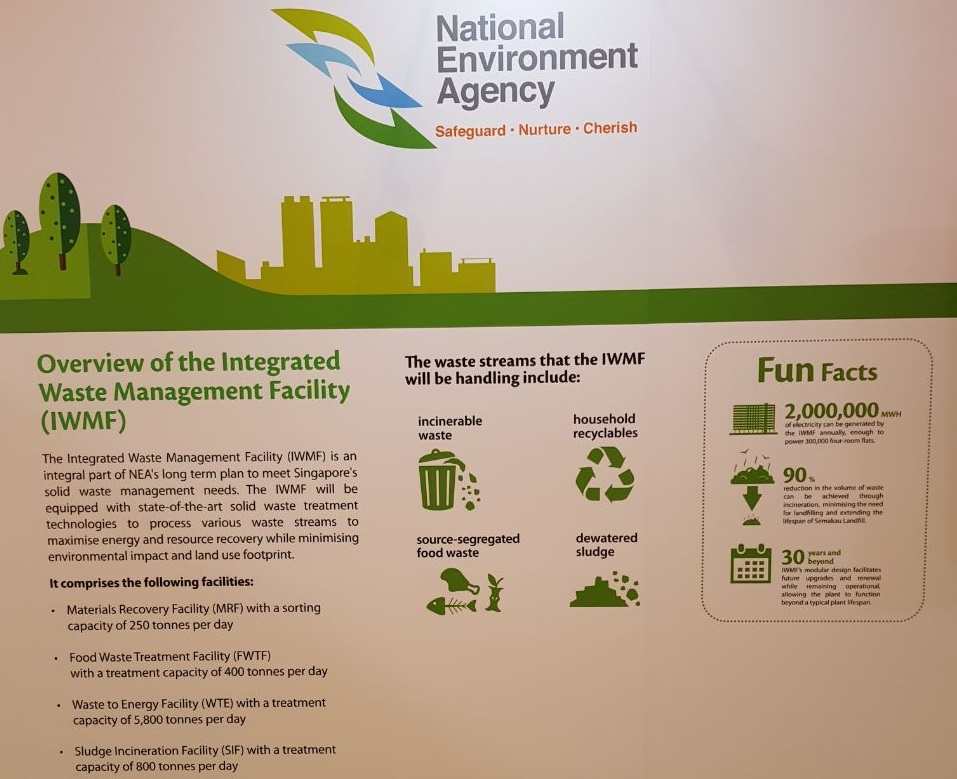
While investment backing and technological advances played key roles, it is important to note that the collection of waste entering IWMFs still needed to undergo some form of sorting before being fully utilized. Considering the sheer amount of waste produced each day, it was more cost-effective to have enforcement in place to drive the public and businesses to sort their waste.
Unfortunately, we were only starting to get serious about waste management in 2019 (it can be troublesome to sort waste, we know). One facet of Singapore’s Zero Waste Masterplan that launched in 2019 mandated that developers of new premises that were expected to be large food-waste generators set aside space for food-waste treatment systems from 2021, and treat such waste on-site from 2024. There were also plans made for campaigns to educate the public on recycling, with enforcement to kick in if necessary.
Meanwhile, we were also starting to experiment with decentralized IWMFs. During the Ecosperity Forum held in 2019, electrical company SP Group signed an agreement with Gardens by the Bay to collaborate on a two-year pilot project that aimed to tap the waste generated within the park and use it to generate the energy needed to run the tourist attraction. Gardens by the Bay was recognized for its sustainability mechanisms, which made it a suitable place to pilot this project.
How Did We Make the Shift to the Cleaner Sources of Energy We Use Today?
We employ a multi-pronged approach. Oil companies are motivated to stay relevant by diversifying their portfolios and investing in green energy. Meanwhile, we decentralize energy production, giving households and businesses the means to produce their own electricity by harnessing greener energy. We are considering encouraging peer to peer (P2P), or even consumer to consumer (C2C) trade of electricity. This is plausible considering the decreasing costs of production of green energy.
During the Innovate4Climate Forum held in Singapore in 2019, Steven Schofield, Senior Adviser on Energy and Climate Policy at Shell remarked that Shell is “not an oil company, but an energy company”. Indeed, Shell had a vision of becoming the world’s “the largest electricity power company in the world in the early 2030s”, as quoted from Maarten Wetselaar, director of Shell’s integrated gas and new-energies unit, in a televised interview with Bloomberg in March 2019.
In addition, Karen Muhksyan, Head of the Department for Territorial Development and Environmental Issues of Armenia, shared in 2019 that the Armenian government was using a loan program to encourage consumers to install solar panels so they could generate their own electricity. Moreover, consumers could sell surplus electricity to the Electric Networks of Armenia, a state-managed electrical company.
When the big players act, that’s the time for smaller stakeholders to take a leaf out of their books before they lose relevance in the market. To all the businesses in 2019, you know what to do.
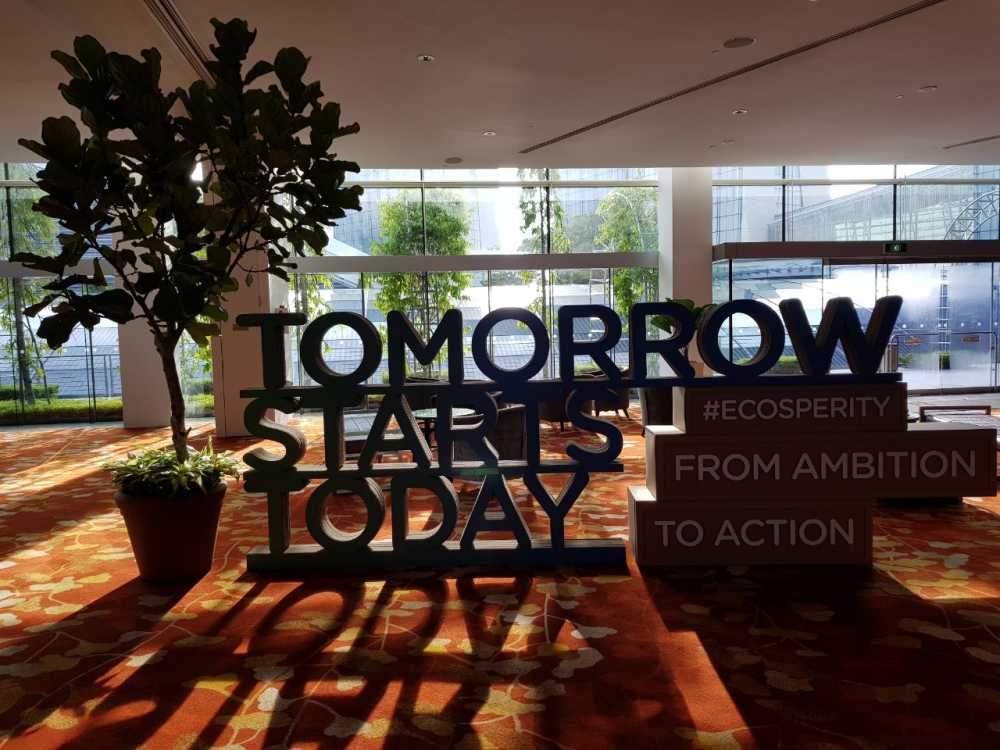
The Final Word: Back to 2019
And that is something I look forward to.
Joyce Gao, reporting from the #YouthTakeover team at Innovate4Climate in Singapore. Joyce will soon be entering her Junior year as a student at the Wee Kim Wee School of Communication and Information under Nanyang Technological University in Singapore.
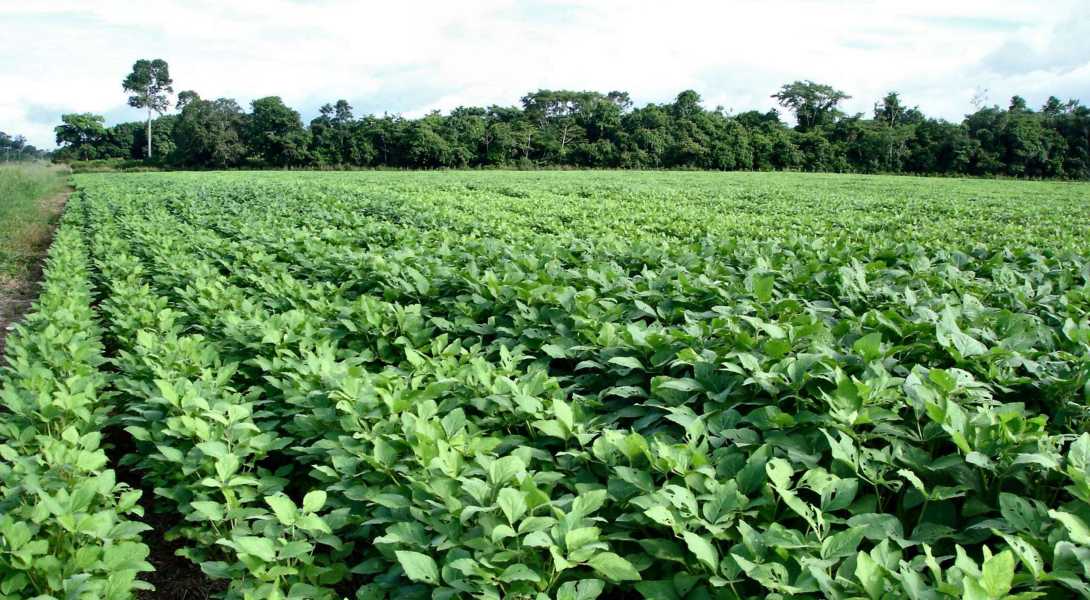
This article originally ran in the Nature Conservancy's Global Insights.
Another year down, another year closer to the 2020 deadline of the New York Declaration on Forests. In 2014, more than 50 companies, including household names like Unilever, Cargill, Nestle and Walmart, signed the declaration, committing to eliminate deforestation in four key commodities by 2020: beef, soy, palm oil, and pulp and paper. This enormous undertaking is a stepping stone to the even bigger goal of eliminating deforestation in all supply chains by 2030.
The 2020 goal isn’t going to happen, but that’s okay. I’m here to tell companies: don’t despair.
I understand the angst that some corporate leaders may be feeling. From their standpoint, there’s only a year left before failure to meet the 2020 deadline—and before NGOs come after them for dropping the ball.
But I see things a little differently. Companies have much to be applauded for—as long as they have a solid plan in place to further ramp up progress toward their commitments.
The 2020 deforestation goals represent the first serious attempt to implement deforestation commitments. Companies made timebound plans and pulled business units in key producing countries into cross-company planning on deforestation (often for the first time). These companies gained a much better sense of their deforestation footprints, which allowed them to prioritize strategies and resources. For example, many companies decided to focus on palm oil in Indonesia, soy in Brazil, and cocoa in Cote D’Ivoire. None of that would have happened without the urgency created by the 2020 commitments.
Meanwhile, NGOs mobilized in two key areas: tools and transparency.

Implementing massive deforestation commitments requires sophisticated tracking and monitoring technology. But until recently, these tools didn’t exist. So the World Resources Institute developed Global Forest Watch, the first monitoring platform that tracked forest loss on a global scale. It spun off Global Forest Watch Pro, which allows companies to zero in on specific supply chains in specific places. The Stockholm Environment Institute and Global Canopy Program developed TRASE, a tracking tool that allows companies to see where certain commodities are going, and which destinations are linked to deforestation in areas of origin. This is a key first step to understanding a company’s deforestation footprint and targeting actions to improve it.
Within origination countries, NGOs and companies have collaborated as never before to produce innovative tools to help implement commitments. TNC worked with the soy sector in Brazil to produce Agroideal, for example, which helps market actors identify cleared land that is environmentally suitable and economically viable for soy expansion. This relieves pressure to cut down native habitat in the Cerrado, Brazil’s vast and incredibly biodiverse savanna.
The second component is transparency. When the companies first made these deforestation commitments, they lacked the clarity they needed to implement them. For example, what definitions should they use for key terms like forests, deforestation and conversion? What are the best monitoring options? What are expectations and standards around transparency, verification, supply chain management? In response, environmental NGOs—like TNC, Rainforest Alliance and Greenpeace, and others—banded together and established the Accountability Framework to fill the information gap and produce guidance for companies, much of which has already been road-tested with businesses around the world.

These business operation changes, new technologies and working coalitions would likely not have happened without the 2020 commitments. They generated urgency and unlocked critical funding. Now it’s up to companies to develop credible plans to follow through on their 2030 deforestation commitments. That’s what NGOs are looking for now.
So what does a credible plan look like? Benchmark against the Accountability Framework; cross-check planning against it; take advantage of tools like Global Forest Watch and Agroideal; and be sure to work with supply chain partners and governments. It takes a village to get this important work done.
I’m optimistic about 2019, but I’m also a realist. I know the challenges. Both NGOs and companies need to do much more on beef, which alone accounts for half of deforestation globally. We need to bring emerging market actors, especially China, into the conversation. We need to be much more inventive on mobilizing capital to help farmers as they transition to zero deforestation and zero conversion production.
And since deforestation and land conversion account for about 15% of global carbon emissions, we need to do all this very quickly—before time runs out on the opportunity to control climate change.
But the 2020 deforestation commitments—and the results we’re seeing today—demonstrate that we are moving forward. As the climate change agenda and deforestation agendas start to converge, I hope to see even more aggressive action in this space—from companies and NGOs alike. We’re in a great place to get started. Let’s get to work.
Global mean temperatures in 2017 were 1.1 °C ± 0.1 °C above pre-industrial levels. Whilst 2017 was a cooler year than the record-setting 2016, it was still one of the three warmest years on record, and the warmest not influenced by an El Niño event. The average global temperature for 2013–2017 is close to 1 °C above that for 1850–1900 and is also the highest five-year average on record. The world also continued to see rising sea levels, with some acceleration, and increasing concentrations of greenhouse gases.

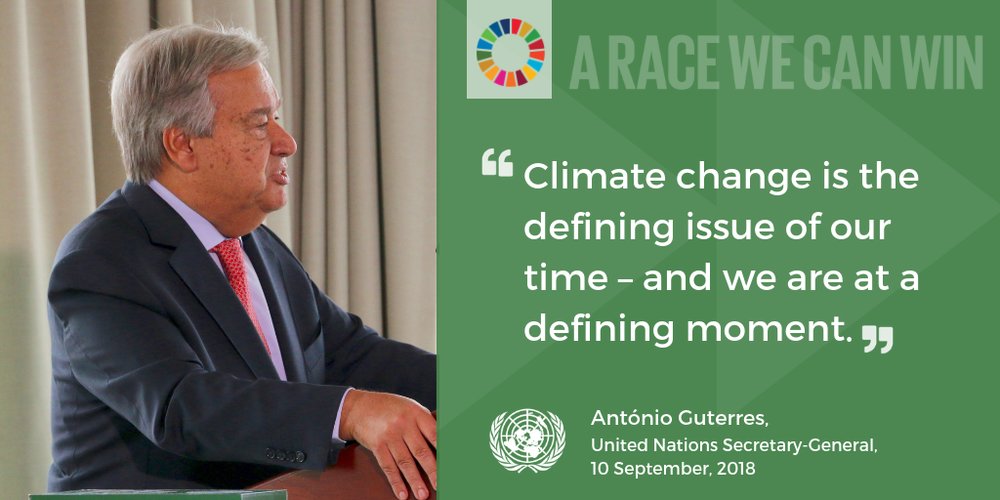
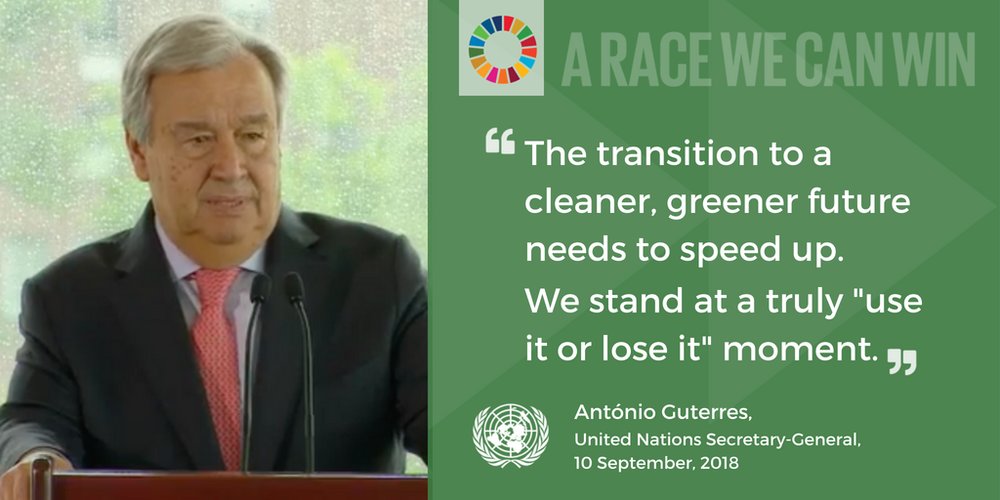
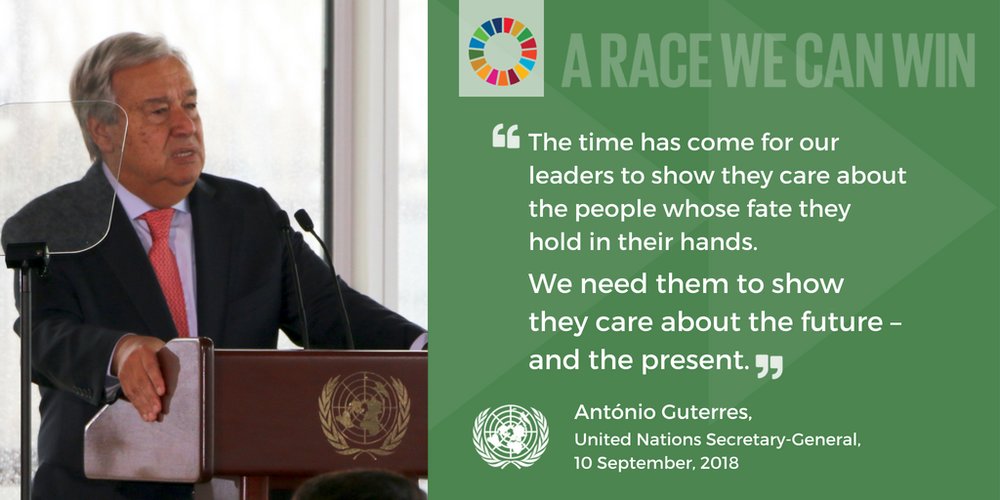
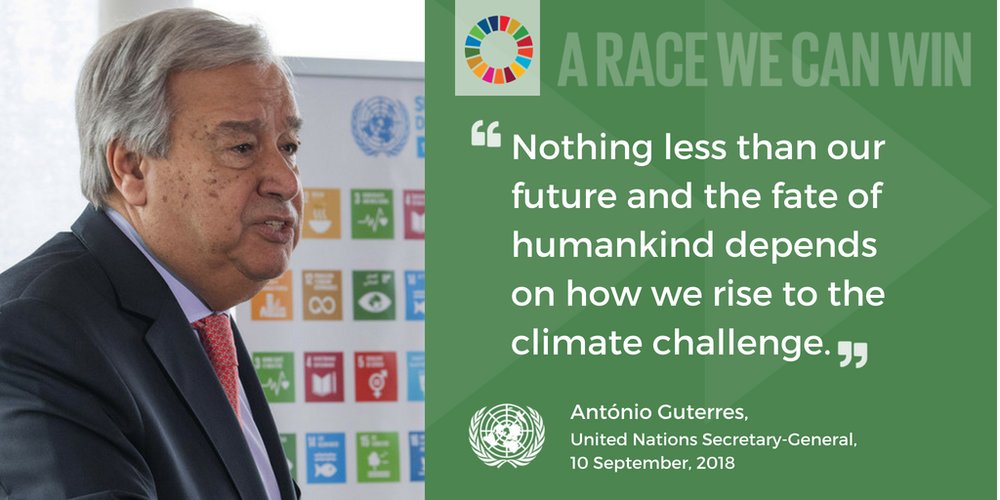
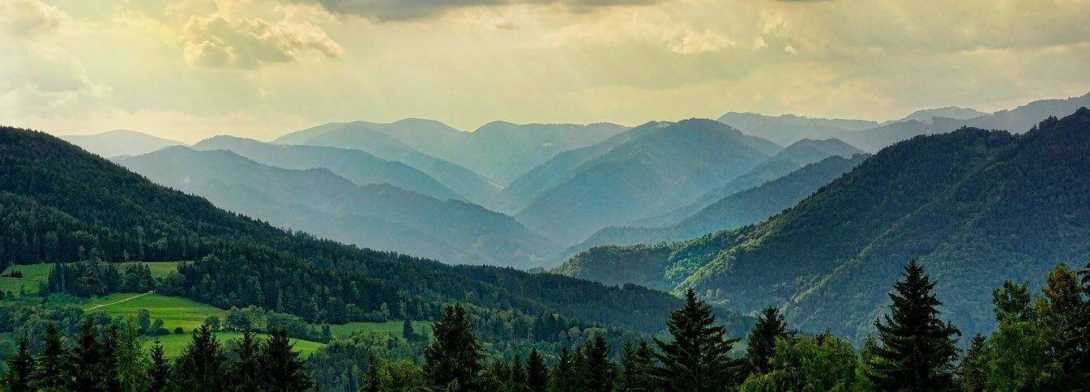

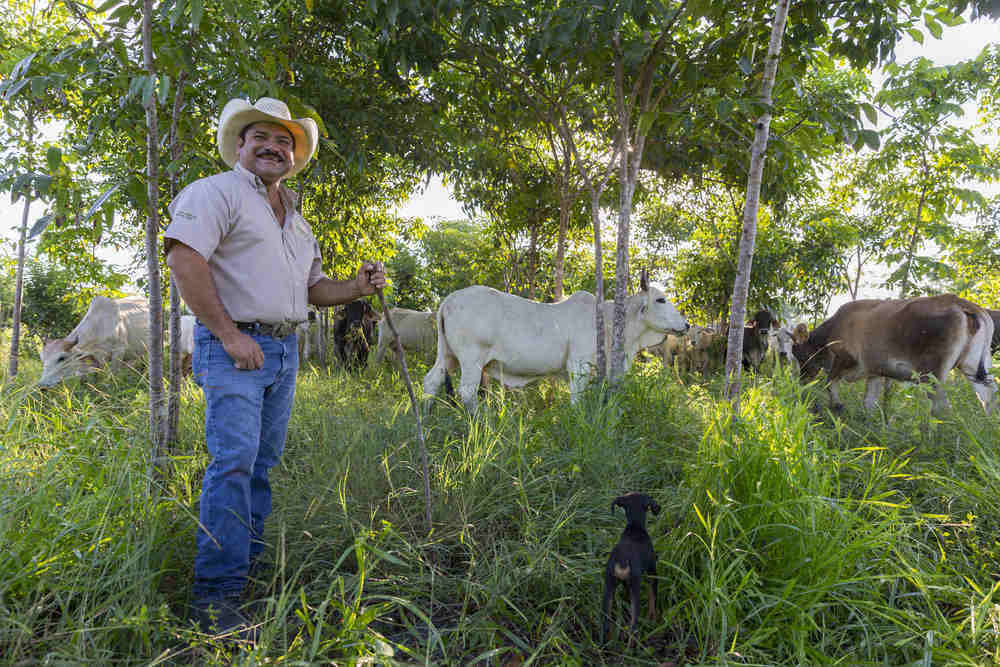

The Republic of Suriname is situated on the northeastern Atlantic coast of South America and has the unique distinction of being designated by the World Bank as the most forested country in the world, with almost 93% of its land area being covered by the lush Amazon forests. A Green Hope team, comprising of members from Dubai, Oman and Canada, were invited by the Cabinet of the President of the Republic of Suriname to support the involvement of Surinamese youth in building a roadmap for the implementation of the United Nations Sustainable Development Goals. The team was also asked to draw international attention to support the position of Suriname as the most forested country in the world.
Hope’s mission was to support Suriname by creating awareness amongst the local youth by using Education for Sustainable Development (ESD) as a transformative tool to educate and empower them so that they could take local actions in mitigating the impacts of climate change and protect their rich natural heritage for future generations.
After months of preparation and coordination, the Green Hope team flew in from Dubai, Oman, and Canada converging on Paramaribo, Suriname’s picturesque capital city on 3rd July. The delegation had the privilege of accompanying His Excellency Mr. Winston G. Lackin, Presidential Advisor - Republic of Suriname and its Ambassador in charge of Environment on the flight from Amsterdam to Suriname and was given a grand reception at Paramaribo airport on arrival.

The Suriname cabinet ministers with Green Hope. Photo Credits: Green Hope
Over the next 12 days, the Green Hope team undertook one of their most impactful journeys of ESD till date through which they reached out to thousands of civil society stakeholders in Suriname. This journey of change began with a high-level breakfast meeting with the ministers of the Suriname cabinet which included H.E. Winston Lackin, Ambassador in Charge of the Environment/Presidential Advisor, the Hon. Jennifer Geerlings-Simons, Speaker of the House, Melvin Bouva, Vice Speaker of the House, H.E. Lillian Ferrier, Minister of Education, Science and Culture & H.E. Lalinie Gopal, Minister of Sport and Youth Affairs to discuss and roll out the engagement activities for the Green Hope delegation.
Thereafter, the Green Hope team in partnership with the Youth Parliament of Suriname conducted an impactful event titled “Youth Awareness Conference for a Sustainable Suriname” which was attended by over 350 youth, 15 to 18 years old, from across schools in the country. The objective was to spread awareness about Suriname’s unique position as the only country in the world with 93% forest cover and the important role of the country’s children and youth in taking care of their environment for future generations.

"Maroon" children planted trees in one of Hope's actions in Suriname. Photo Credits: Green Hope
Over the next two days, Green Hope conducted two more “Environment Academies” each of which was attended by over 300 children in the age group of 8 to 15 years. Green Hope believes in using creative modes of communication to convey the themes of sustainable development and these workshops were titled “Creative Art & Music Workshop for a Sustainable Suriname.” Sustainability is a difficult concept for children to understand and therefore Green Hope uses art, music, dance, drama, and sport to engage and educate young children creatively. The main vehicles of communication at these workshops were art and music through which the participants expressed their solutions and ideas for implementing the 17 sustainable development goals for their country. The outputs were truly amazing and showed the importance of harnessing the passion and creativity of young people in driving change.
Green Hope believes that engaging neglected and marginalized sections of civil society holds the key to the realization of the United Nations mandate of “leave no one behind” and focusses its efforts to reaching out and empowering them. The team visited an orphanage, home to mainly girls some as young as five years. The team conducted an environmental workshop for them, spreading awareness about the impacts of climate change and adopting sustainable lifestyles. The enthusiasm of the children was truly heartening, and they pledged to stop using plastic and keep their surroundings clean and recycle waste thereby vindicating Green Hope’s belief that sustainable development is a “bottom-up” process and the goals can be achieved only if every member of civil society, especially those who are marginalized are engaged.

A workshop with "Maroon" tribe school. Photo Credits: Green Hope
Thereafter, the Green Hope team conducted a similar workshop for marginalized children belonging to the indigenous “Maroon” tribes of the Amazon. The Green Hope team also traveled into the Amazon rainforest and engaged with children of the local tribes, educating them about the importance of not taking their forests for granted and to adopt simple, sustainable concepts of recycling, waste reduction, tree planting and avoid plastic usage. Green Hope members also planted Moringa and Neem trees with Mr. Winston G. Lackin, Presidential Advisor - Republic of Suriname and its Ambassador in charge of Environment and the students of the children.
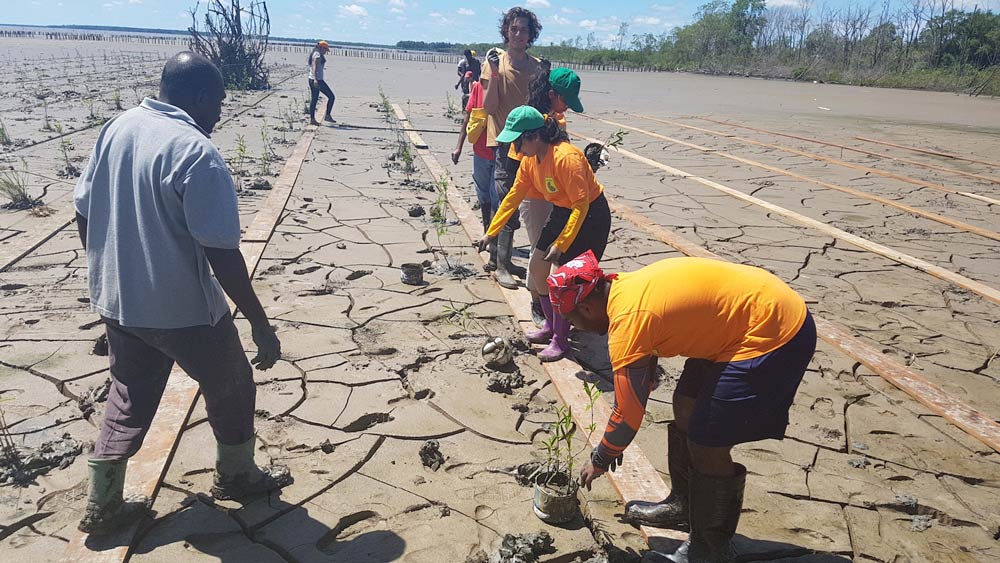
Climate change has an extraordinary impact on Suriname's vast mangrove ecosystem. Photo Credits: Green Hope
Mangrove conservation and saving endangered sea turtles have been Green Hope’s focus areas for several years and was one of their areas during this trip as well. Suriname has a vast mangrove ecosystem which too is affected by the impacts of climate change and urban pollution, and then Green Hope spent a day at the mangrove rehabilitation project team at Weg Near Zee, led by eminent mangrove conservation expert Professor Sieuwnath Naipal. Green Hope members planted scores of mangroves as a part of the conservation process. In coordination with the “Green Heritage Fund Suriname,” they conducted a beach cleanup in Braamspunt and thereafter engaged with local conservation experts working on sea turtle conservation.
The team also planted a Greenheart tree with the H.E. Lalinie Gopal, Minister of Sport and Youth Affairs and sealed the partnership with Suriname to mitigate climate change.
The Green Hope team also undertook a field trip to a sanctuary managed by Green Heritage Fund in the Amazon rainforest and learned about the inspiration conservation efforts to save endangered species such as sloths and river dolphins.
The Green Hope team concluded its visit by presenting an outcome document to the H.E. Winston Lackin, Ambassador in Charge of the Environment/Presidential Advisor. It also signed a memorandum of understanding with the Youth Parliament to establish a Green Hope chapter in Suriname to implement the outcome document and create an international partnership which would work to conserve Suriname’s rich natural biodiversity.
Climate change is the harshest reality of our times, and it is regrettable that some people still shrug it off as a myth. On the other hand, this visit to Suriname was an eye-opener on how a small nation was combining economic progress with natural conservation efforts to protect its forest cover. Green Hope was indeed privileged that they were chosen as ambassadors to engage the local youth in conveying the importance of protecting their rich biodiversity for generations to come. Green Hope will now work to share Suriname’s conservation efforts globally and urge other nations to pledge to increase their forest cover.


